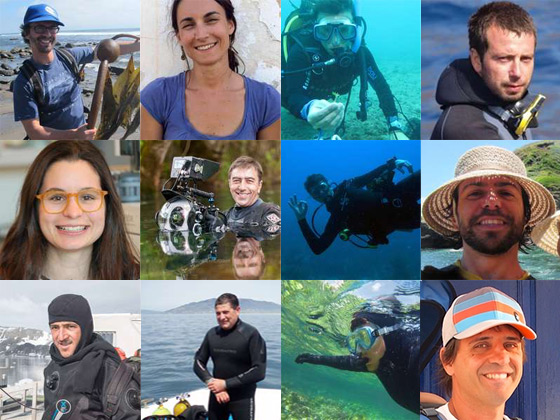Project Marine Forests
Project 'Marine Forests' aims to build and maintain a database of distribution records of structural benthic species of seaweeds, seagrasses and animal forests, at global scales, and to make this information freely available worldwide.
It also promotes education, marine literacy and the FAIR principle (to make data Findable, Accessible, Interoperable and Reusable).
Why Marine Forests?
Many animals live in marine forests and use them to hunt or mate.
Young animals also use marine forests as nursery grounds.
Scientific team
The team of the project is composed by scientists and volunteer citizens from all around the world, which are contributing to expand knowlege about the diversity and distribution of Marine Forests.
Adopt a Marine Forests!
Encourage conservation, understanding and appreciation of local marine environments by adopting a marine forest.
